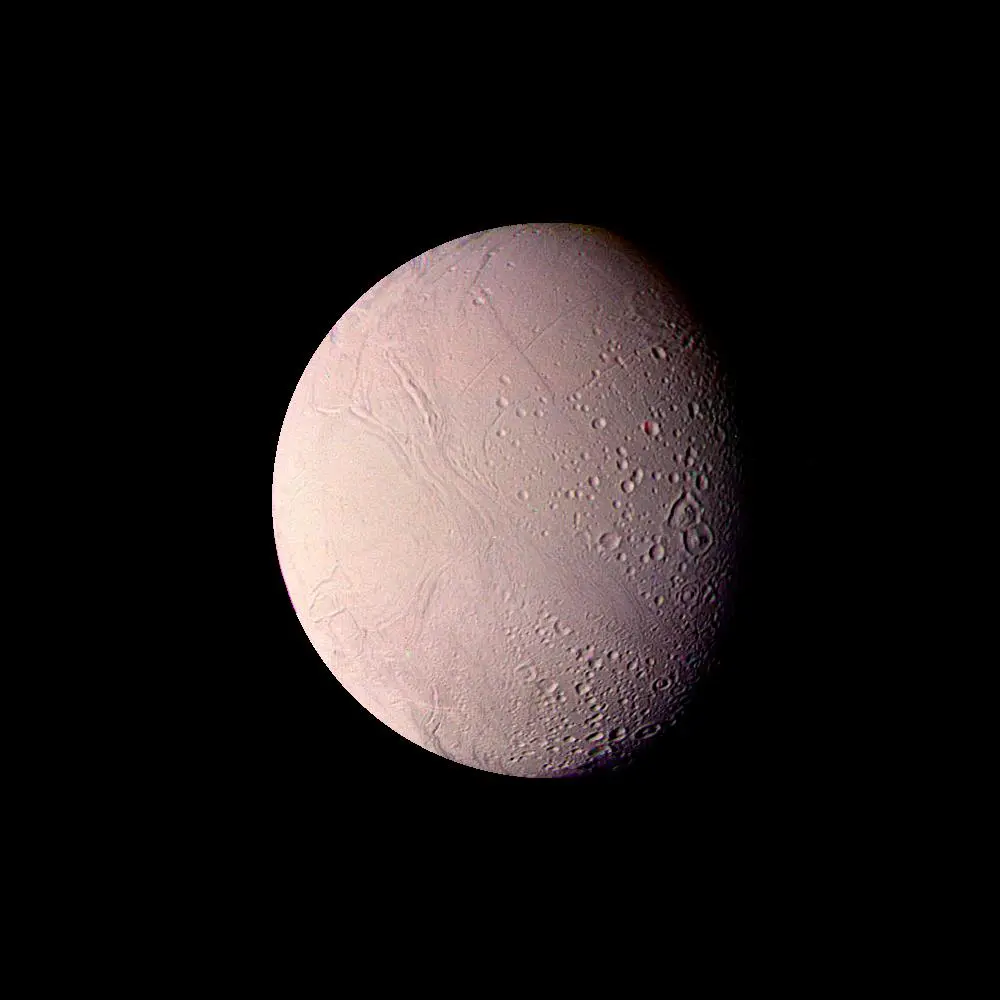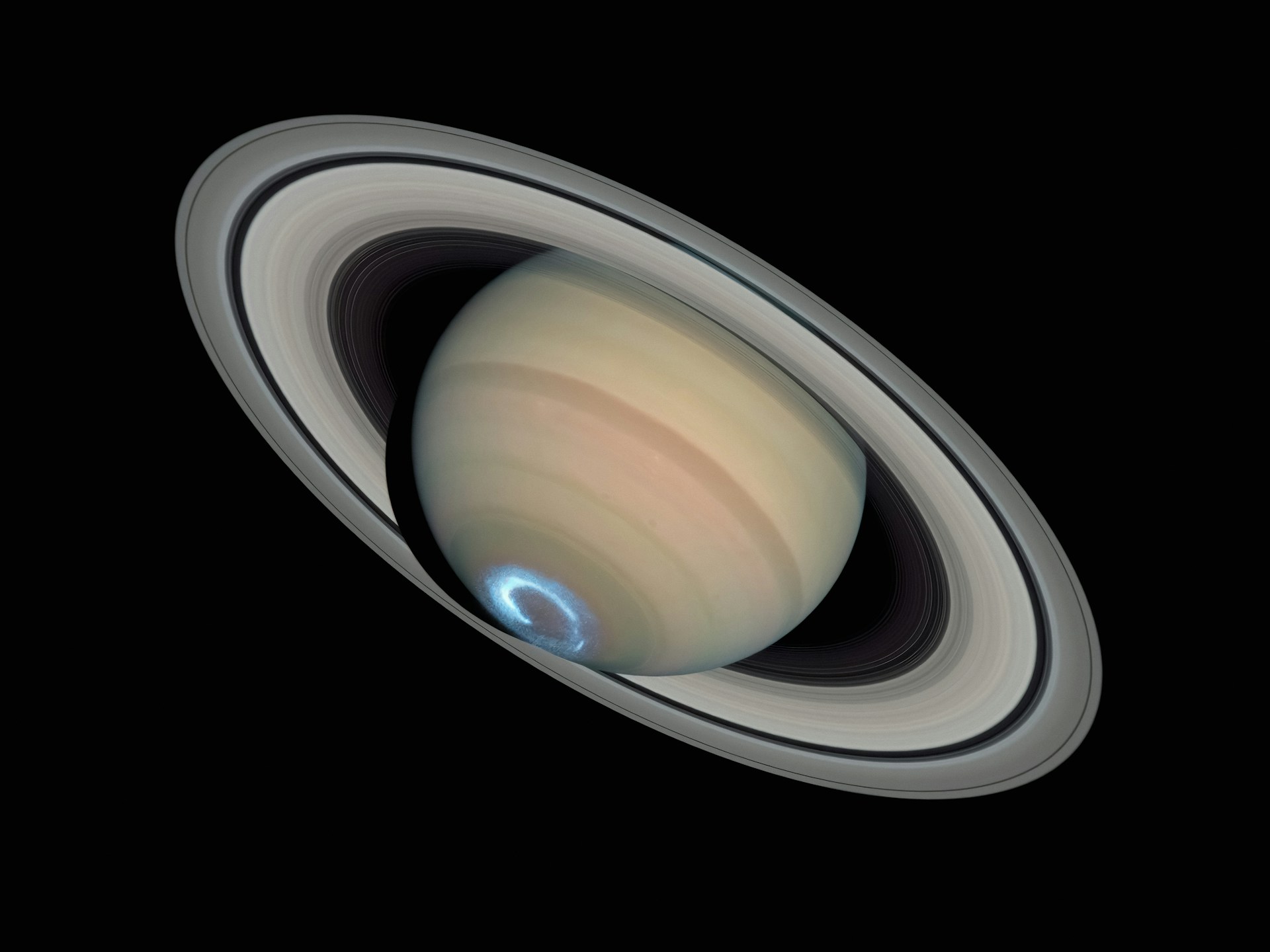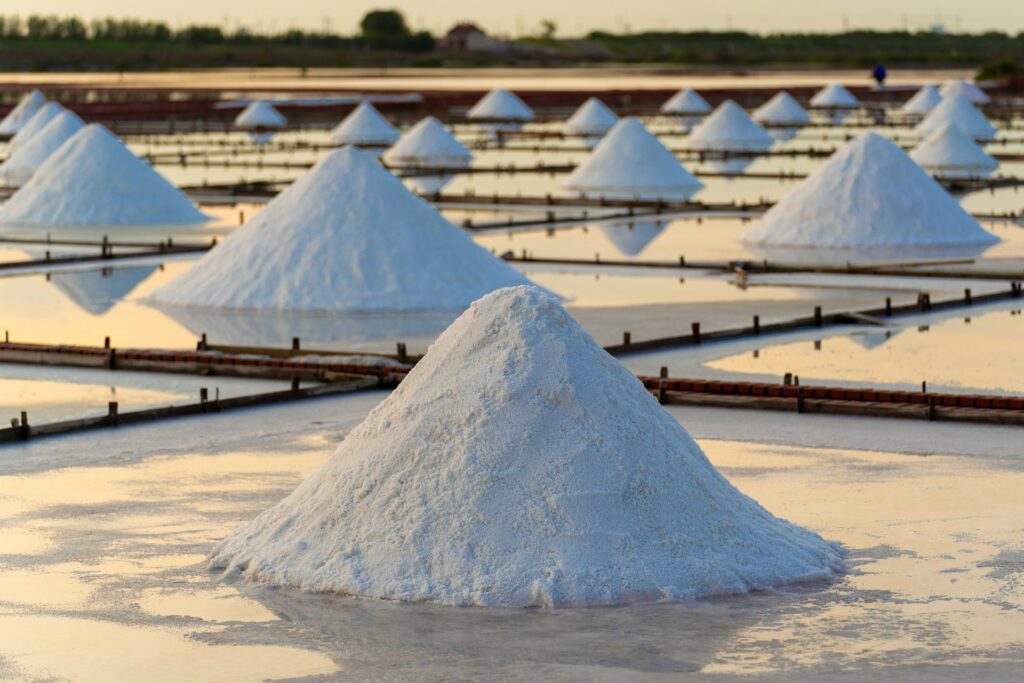Saturn’s moon Enceladus, considered a prime candidate for harbouring life, has, for the first time, had phosphorus detected; one of the essential components for creating of life, in the moon’s subsurface ocean. This discovery was made using data collected by NASA’s Cassini spacecraft, which sampled ice grains from the geysers that erupt from Enceladus’ surface. The ice grains were found to contain orthophosphate, a form of phosphorus that living organisms can absorb.
“It was a tantalising moment when I first realised that these spectra very likely show phosphates,”
said Frank Postberg, a planetary scientist at the Free University of Berlin and lead author of the study. Phosphorus is a key component to the formation of DNA, cell membranes, and the energy transfer molecule ATP, making its discovery an important indicator of the moon’s potential to support life.

This finding contradicts previous assumptions. Early models suggested that phosphorus might be a rare resource in Enceladus’ oceans due to the lack of weathering on dry land, which is the process that releases phosphorus into Earth’s oceans. However, recent geochemical analyses reveal that Enceladus’ ocean interacts with its rocky core in ways that dissolve phosphorus into the water, with estimates suggesting that it makes it up to 1,000 times more abundant than in Earth’s oceans.
“This discovery further supports the idea that Enceladus is one of the most promising places to search for life beyond Earth,”
said Christopher Glein, a planetary scientist from the Southwest Research Institute. His research team’s earlier studies had already pointed to the possibility of a phosphorus rich ocean beneath the moon’s icy shell.
What makes Enceladus especially intriguing is its unique soda like/ Fizzy ocean, rich in carbonates, which allows phosphorus to remain dissolved and readily available for potential life.
“The big deal is that it is dissolved in the ocean and with that, it’s readily available for the potential formation of life,”
Postberg explained. This discovery isn’t just limited to Enceladus. Similar geochemical processes might exist on other ocean based moons in the outer solar system, such as Europa and Titan.
“Our work provides further evidence that Enceladus is host to some of the most important molecules for both creating the building blocks of life and sustaining that life through metabolic reactions,”
said Jonah Peter, a researcher at NASA’s Jet Propulsion Laboratory.
Despite this progress, the presence of phosphorus does not confirm that life exists on Enceladus; only that the essential ingredients are there. “It is habitable; it is clearly hard to argue against that—but we do not know if it is inhabited,” Postberg stated.
The detection of phosphorus is a key step toward understanding the habitability of Enceladus, and it further justifies future missions aimed at exploring the icy moon as well as others in greater detail. Whether life exists in other parts of our solar system remains an open question, but Enceladus amongst others shows promise.

Hassan graduated with a Master’s degree in Chemical Engineering from the University of Chester (UK). He currently works as a design engineering consultant for one of the largest engineering firms in the world along with being an associate member of the Institute of Chemical Engineers (IChemE).



